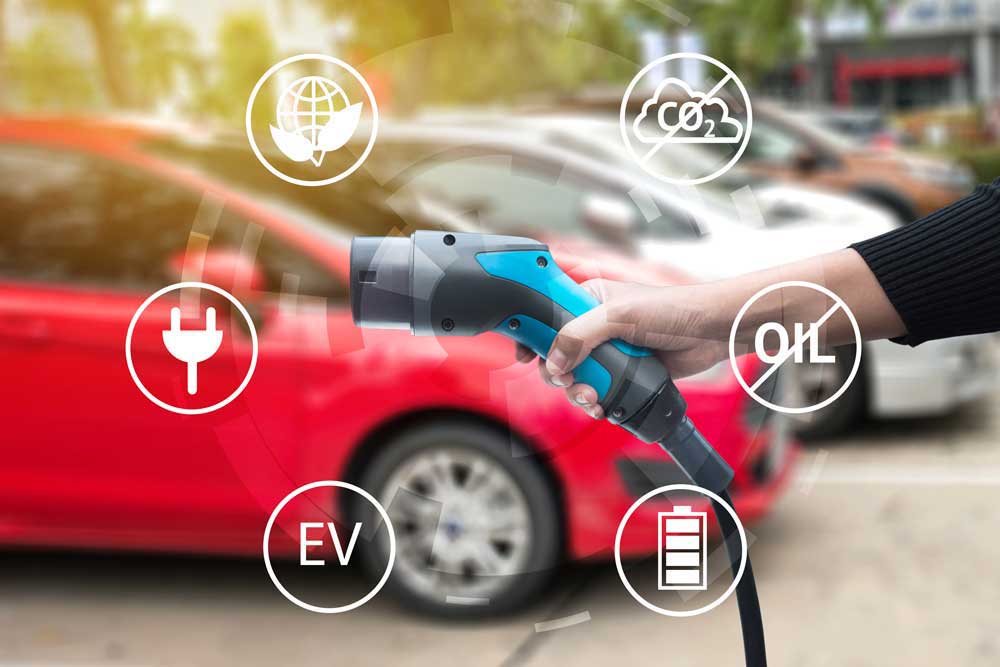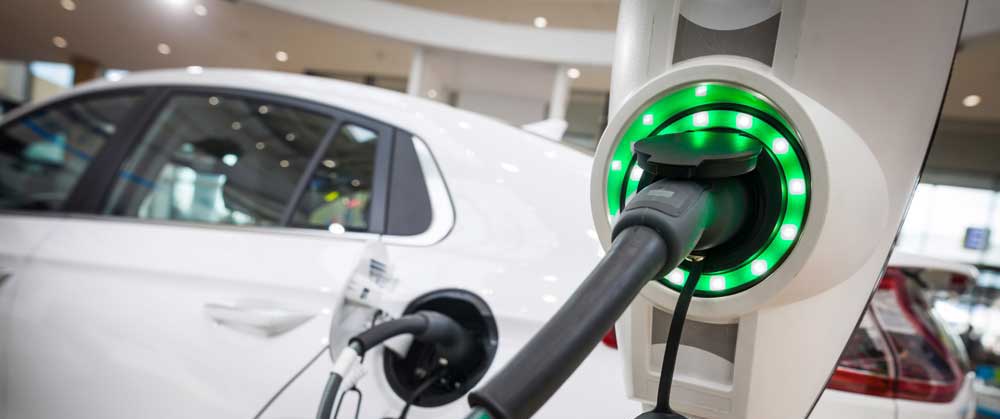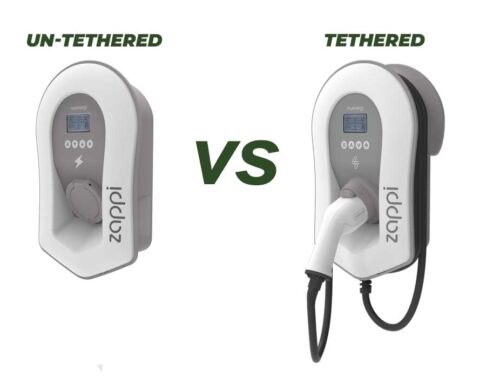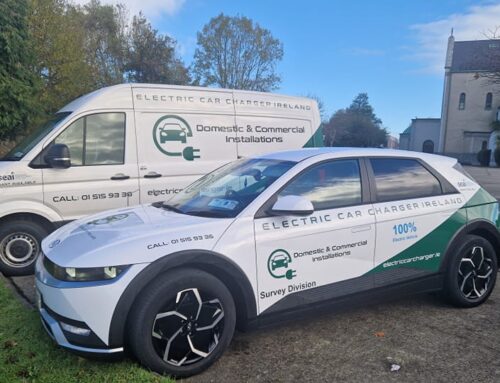Quick Navigation
- What are the 3 types of electric cars?
- What is a PHEV and BEV?
- What is the difference between EV and BEV?
- Is a hybrid or electric car better?
It’s easy to imagine that there are only two types of vehicles – those powered by fossil fuel and those powered by electricity. With fossil fuel vehicles, filling up at a pump is the way to go, while using EV chargers will keep your electric car moving.
Of course, even non-electric vehicles come in multiple types, and you wouldn’t want to put petrol into a diesel engine. For electric cars, the difference is a little more subtle.
Many manufacturers build electric vehicles from each category, and if you’re looking to buy a new car, the type of EV that suits your needs will depend on how and where you typically drive.
What are the 3 types of electric cars?
The three types of electric cars are electric, hybrid, and plug-in hybrid. You may know them by acronyms such as EV, BEV, and PHEV. These are abbreviations for Electric Vehicle, Battery Electric Vehicle, and Plug-In Hybrid Electric Vehicle. Due to their naming, you might think they all take advantage of car chargers – but that isn’t the case!
Not all electric vehicles are equal, and different types have different driving ranges, charging times and usage priorities.
What are the different types of electric cars? Let’s take a closer look at the three EV varieties to see which is right for you.
Electric Vehicles (EV/BEV)
Electric vehicles (EVs) are what you may think of as the classic electric car. Often known as Battery Electric Vehicles (BEVs), they offer some of the most advanced technology available to drivers.
Whilst they might not be able to travel as far on a single charge as ordinary petrol or diesel vehicles can travel with a full tank of fuel, it’s not their intention. These types of cars make for ideal city commuters with short trips that can recharge either at home overnight with EV chargers or by using publicly available charging stations during the day.
They do not have a standard internal combustion engine (often known as ICE) and run 100% on electricity. This means that emissions are kept low, and they can be considered highly environmentally friendly. They are quiet to drive and have the potential to be cheaper than a petrol or diesel car in the long-term due to lower running costs.
Research is continually being conducted to improve battery charging speed and battery capacity, which simply means that the practicality of EVs is improved every year.
Hybrid Electric Vehicles (HEV)
Hybrid electric vehicles, also known as HEVs, are the middle ground of EV types. They use an internal combustion engine and rechargeable battery to move around – meaning they have a more extended range than many electric vehicles but are not 100% powered by electricity like BEVs.
They’re popular for people who want the best of both worlds – more miles per charge with fewer emissions but still relatively environmentally friendly.
At lower speeds, your HEV will often run on battery power alone, but the petrol or diesel engine will begin to power the vehicle once speed picks up. Unlike a BEV or PHEV (see below), you can’t plug in your HEV and use EV chargers to recharge the battery. The battery is charged in a number of ways, including using power from the petrol/diesel engine or a system known as “regenerative braking”.
When the brake pedal is used, the electric motor reverses and acts as if it were a generator. This allows the battery to be charged without any external connections required.
HEVs are also sometimes known as “self-charging electric vehicles” for this reason.
Plug-In Hybrid Electric Vehicles (PHEV)
Plug-in hybrids combine electricity and fossil fuel engines into one lightweight package, which promises greater efficiency than any other type of car currently on sale. They’ll run just fine off battery power alone, but when you need an extra push from your engine, there’s still plenty left over from burning petrol or diesel without hurting your wallet too much.
The most practical aspect of PHEV is that you can use 100% electric power for shorter trips, but you can drive safe in the knowledge that if the battery runs out and there are no EV chargers around, the petrol/diesel engine will take over. You can refuel quickly and continue with your journey using fossil fuels if you need to.
As you might expect from their name, PHEVs are plugged in and charged via EV Chargers & home chargers for electric cars.

What is a PHEV and BEV?
PHEVs and BEVs are two types of electric vehicle that need to be plugged into EV chargers to recharge their batteries. Unlike pure hybrid vehicles, manual recharging is required.
For a PHEV, if no chargers are nearby, it’s simply a matter of putting some fuel in the tank. BEVs run entirely from batteries, so the lack of an EV charger may pose a more significant issue, especially if you have some distance to travel.
What is the difference between EV and BEV?
In many cases, the terms EV and BEV are used interchangeably to mean a vehicle that is solely powered by electricity with no option for fossil fuels. This can lead to confusion as electric, hybrid, and plug-in hybrid vehicles are all part of the electric vehicle pantheon, and the term “EV” can be used as a catch-all for these vehicles.
In proper usage, EV refers explicitly to a vehicle that runs on battery power alone – a BEV or Battery Electric Vehicle.
Is a hybrid or electric car better?
Each type of EV has its pros and cons. A hybrid is an excellent choice if your driving habits are well matched to the vehicle’s design, while a pure electric car may be less practical for those who drive very long distances regularly.
If you live in an area with easy access to charging stations or EV chargers are available at home or Electric Car Chargers For Office Charging workplace, it can make the decision much more straightforward.
Full electric vehicles are the most environmentally friendly, but hybrids may be more suitable for your individual situation.
Have you a question about EV Chargers ? Here are the answers to some of the most common questions people ask about Chargers For Electric Cars in our latest FAQs blog post.






